Get Glowing and Even-toned Skin Fast With This DIY Body Oil
If you want glowing, smooth and healthy skin, try making your own DIY body oil. They are super easy to make, easy to customize and work just as well, if not better than commercial body oils. Best of all, they don’t burn a hole in your pocket.
You need two basic ingredients for your DIY body oil. First, you’ll need a carrier oil. A carrier oil is your base ingredient and should be chosen with care. Lastly, you’ll need some essential oil. Essential oils are not essential (pun intended). You can totally skip this step, but essential oils can take your DIY body oil recipe from zero to 100 real quick, so don’t write them off.
Once you read this article, you’ll know how body oils work, how to make yours and different exciting recipes of body oils for different skin types. Are you ready to say bye-bye to dry, dull skin and hello to glowing, smooth skin? Let’s get started.
Here’s what we will coverHow do body oils work
Body oils work by locking moisture in your skin for hours. Depending on the type of oil you use, body oils can penetrate the skin to give your skin a glow, keep it moisturized and hydrated all day.
The best way to use your body oil is to apply it only on clean damp skin. Body oils are not moisturizers, and water is the only compound that can moisturize skin and hair. Body oils actually seal in the moisture from water, so you won’t get the desired effect if you apply body oil on dry skin. You also want to make sure your skin is clean so that it can absorb the oil properly.
If you like to use a lotion, then apply the body oil last. Lotions have some water in them to moisturize your skin, but sometimes they aren’t enough. I can’t tell you how many times I have gotten to work and seen my hands looking ashy, especially during the pandemic when I had to sanitize constantly. If you want your lotion or cream to work better, then consider sealing up with body oil. Your skin will stay moisturized and soft all day.
When applied to clean damp skin, DIY body oils can be used up to twice a day. For extra dry areas like knees and elbows, body oils can be reapplied multiple times a day.
How to make a DIY body oil
Making a DIY body oil is one of the easiest no fuss no mess DIY projects you can do. It’s suitable for beginners who are worried about measurements and getting the right temperatures.
Like I said earlier, you only need good carrier oil and essential oil to get started. When it comes to measurement, I try not to get too fancy. Basically, for every 100ml of carrier oil, I do 2% of essential oil. I wouldn’t say I like to go overboard with essential oils. They are very concentrated, and going overboard could lead to inflammation, irritation, burning and even asthma attacks if you are asthmatic.
If you have never used essential oils, then go easy on them and start with 1% of your total carrier oil size. That is, for 100 ml of carrier oil, add 1ml of essential oil. As you get used to it, you can increase it to 2%, but I won’t advise you to go higher, especially if you plan on applying the DIY body oil daily.
How to choose the right carrier oil for DIY body oil
We are getting to the fun part! Choosing the right carrier oil is just a matter of evaluating your skin needs at the time and choosing an oil that can satisfy those needs.
When buying oils, make sure to go for the best quality you can afford. Unrefined cold-pressed oils are always the best choice but tend to cost more than refined mixed oils. This refined and or mixed oils sometimes contain chemical additives that can lead to skin reactions, so they are not worth the extra money you saved.
There are light oils and heavy oils. You will choose based on your skin type and needs and mix oils to try different consistencies.
Light carrier oils
These oils are super light and non-greasy. That means that they absorb into the skin easily and don’t leave a sticky or greasy feeling. They are great for oily/ acne-prone skin.
- Argan oil
- Rosehip oil
- Jojoba oil
- Sweet almond oil
- Grapseed oil
Heavy carrier oils
These oils have a thicker consistency. They don’t absorb easily into the skin but create a protective film on the skin. They are great for dry skin and are perfect for cold months.
- Castor oil
- Coconut oil
- Olive oil
- Safflower oil
- Rapeseed oil
How to choose the right essential oil
Essential oils do more than make your DIY body oil recipe smell amazing. Unlike fragrance oils, they have some benefits that range from improving your skin’s health to relieving you of stress.
Ancient Egyptians knew of their benefits and used them as far back as 4500 BC in their cosmetics and ointments. Today, there are about 90 different essential oils, so here’s how you can choose the right one.
Like carrier oils, go for high-quality essential oils. If you have very sensitive or irritated skin, stay away from essential oils. These oils are highly concentrated and shouldn’t be used on open wounds or irritated skin.
Here are some amazing essential oils for different skin types and skin conditions.
Dry skin: Lavender, Geranium, Carrot seed, Cucumber seed
Oily skin: Clary sage, Frankincense, Geranium, Rosemary
Itchy skin: Chamomile, Tea tree, Eucalyptus, Jasmine
Sensitive skin: Lavender, Frankincense, Sandalwood, Calendula
Acne-prone skin: Tea tree, Sweet orange, Rosemary, Cinnamon
Take your DIY body oil to the next level
If you want to add something extra to take your DIY body oil to the next level, add dried flowers. Essential oils can be expensive, so that you can substitute them with dried flowers. Add dried flowers to your oils and leave for 4 – 6 weeks to infuse.
Some of the flowers you can add to your oil for extra benefits include
- Rose petals: The Vitamin C in rose petals give you more even toned skin and can reduce acne overtime.
- Lavender buds: One of my favourite to add to almost any DIY. These buds make any oil smell divine
- Chamomile: Chamomile is great for soothing the skin. It can also fade and lighten acne scars with consistent use.
- Saffron strands: Saffron strands protect the skin against UV radiation. It also helps to fight inflammation.
- Hibiscus: Hibiscus can help cleanse the skin. The acids in it have a slight exfoliating effect that clears up the skin.
Body oil recipes for different skin types
I am sharing some recipes for different skin types to help you get started with your DIY body oil. As always, feel free to customize the recipe and add or take away any ingredient that doesn’t suit your needs.
DIY body oil recipe for dry skin
To make 50ml of body oil. Mix all ingredients in a glass bottle
- 34ml of Olive oil
- 15ml of Sweet almond oil
- 1ml of Geranium essential oil
- 1 gram of lavender buds(optional)
DIY body oil recipe for oily skin
To make 50ml of body oil. Mix all ingredients in a glass bottle
- 34ml of Grapeseed oil
- 15ml of Jojoba oil
- 1ml of clarysage essential oil
- 1 gram of Rose petals(optional)
DIY body oil recipe for acne-prone skin
To make 50 ml of body oil. Mix all ingredients in a glass bottle
- 34ml of Jojoba oil
- 15ml of Rosehip oil
- 1ml of sweet orange essential oil
- 1 gram of saffron strands (optional)
Key takeaway
Making your own DIY body oil is one of the easiest DIY projects you can do. The most important thing is to know how to choose the best ingredients for your skin needs, and with this blog post, I hope you know how to choose the right carrier and essential oils to make your own body oil.
If you really want glowing skin, try this Turmeric body scrub recipe
Till next time, Stay clean inside and radiant outside.
Enjoyed the project?
The author may collect a small share of sales from the links on this page.

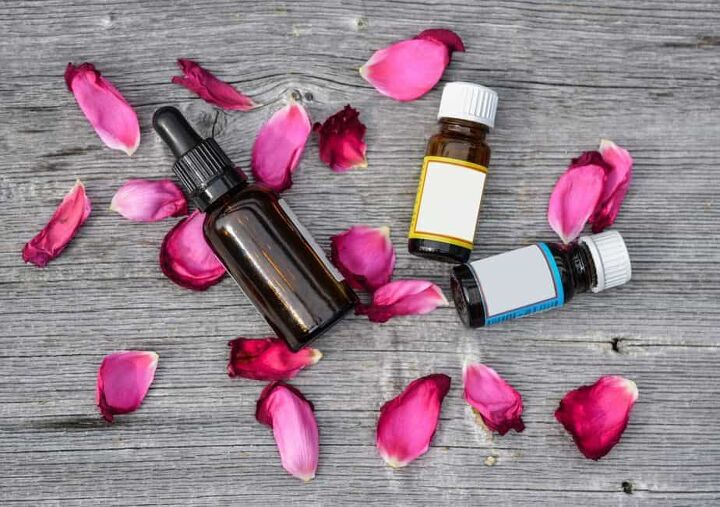


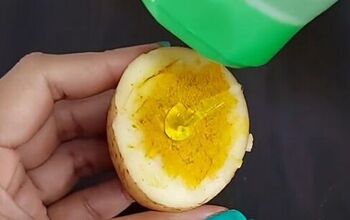
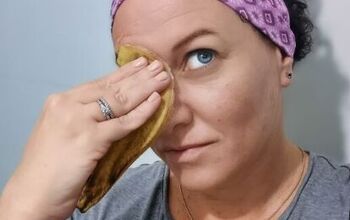

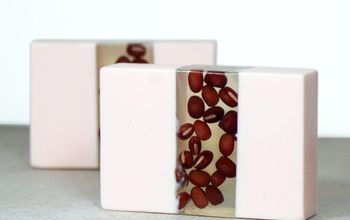
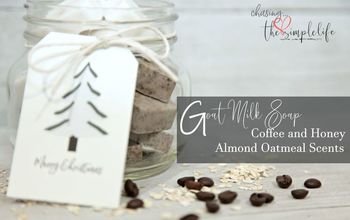

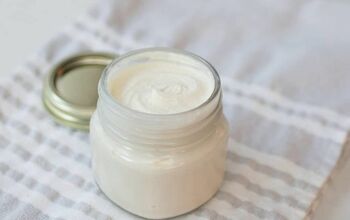
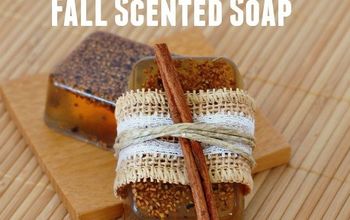

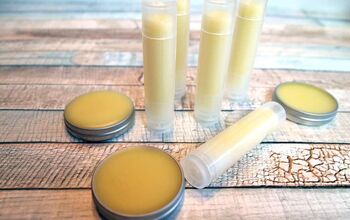
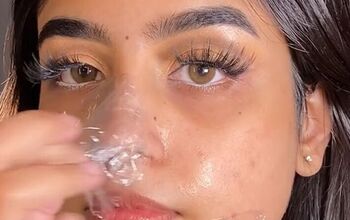

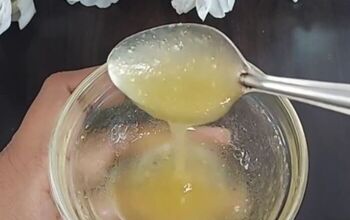
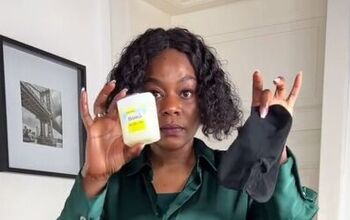




Comments
Join the conversation